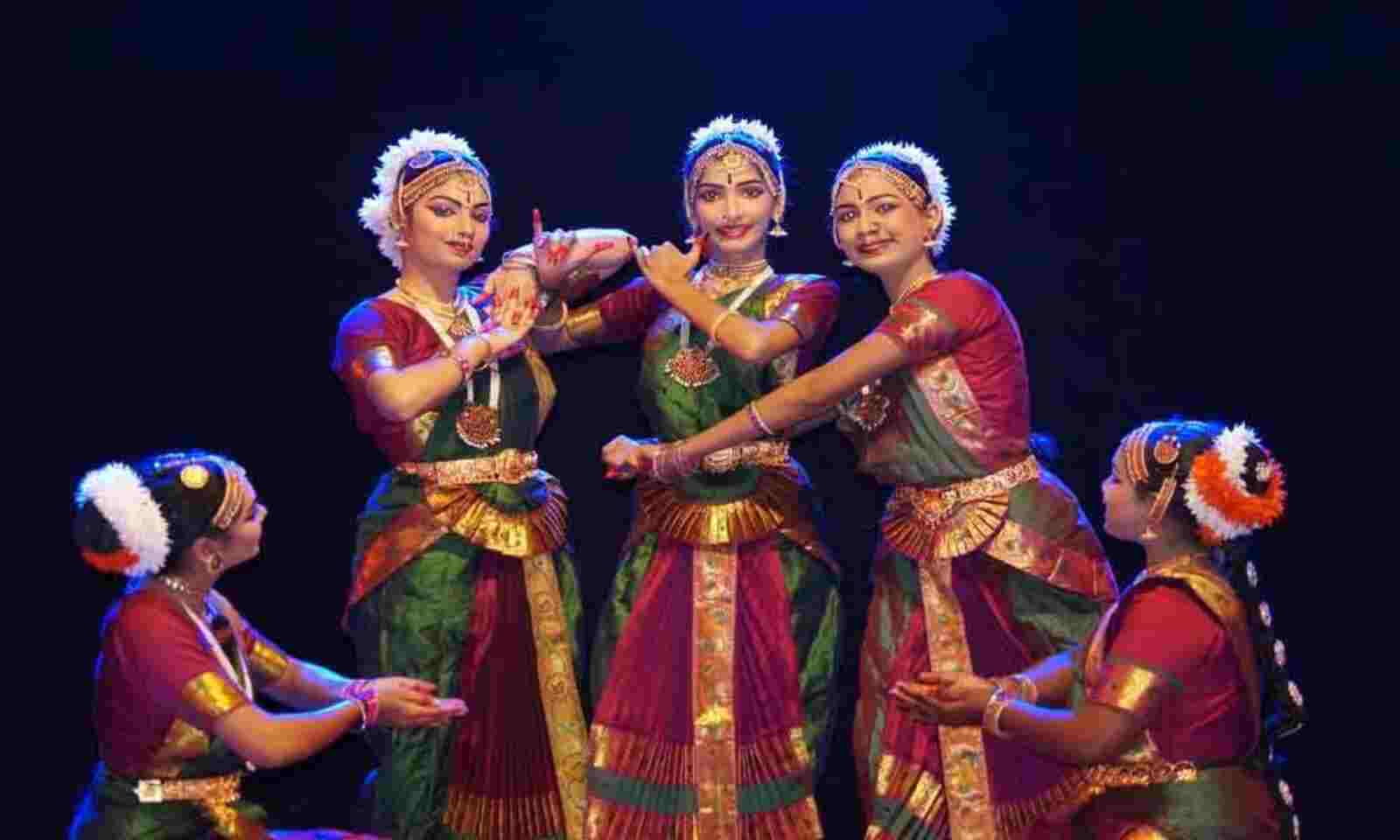


Most popular is the Natesha Kouthuvam in praise of nataraj. Sometimes, it replaces the Shabdam in the traditional Margam. (meaning ‘hymn’) it is a popular invocatory item in modern margam. Most popular Pushpanjali is in the Raagam Ghambeera Nattai. The dancer holds flowers in her hands while entering the stage to offer as a respect ( anjali). It is the salutation to lord Nataraj, guru, muscicians and the audience. This is a pure nritta piece but can be included in nritya also. In fact this is the first dance taught to the students. (meaning ‘offering of flowers’) nowadays in many margams, this is the first dance item. Let us learn more about these newly added dance items in detail: Pushpanjali: This was in order to make it more thematic and also to convey the message or the story more conveniently.

It is a musical verse based on a particular Raagam and a taalam.Ī few more dance items were included later into the Margam. These are small verses sung in praise of gods or godesses at the end of a traditional Margam. Most popular is the Revati Thillana and Brindavana Thillana. It includes a Pallavi and Anupallavi with taalam syllables ( sollukattu) and a Charanam of lyrics ( Saahityam). Thillana:Ī thillana is a rhythmic Nritya piece which is mostly said to be similar to Hindustani Tarana. Most popular padams are Enna nan Seithu Vitten, and Aduvum Solluval. A dancer needs utmost patience to learn a Padam and perform it perfectly. All padams are rendered in a slow pace with elaborate Abhinaya. It has one Pallavi, Anupallavi and atleast one Charanam. The words in the poem are the dialogues of these three characters. It narrates the relationship of Naayaka (hero) and Naayika (heroine) as well as the Tozhi (close friend). This is the most beautiful, enchanting piece in a Margam. The most popular varnam is the Dharu varnam (Maathey) and Ragamalika varnam (Valachi Vachi). Hence, a dancer requires patience, practice an deep knowledge of the story to learn and perform a varnam. This is the longest piece in a Margam, that can last upto 40 minutes. The category of varnam performed in dance is the Pada Varnam. A varnam consists of Jathis, Pallavi (main line of the composition which is repeated), Anupallavi (second line sung only once), Muktayi Swaram (the swaram that comes after the anupallavi), Charanam (the second stanza) and Chittaiswaram. The main piece in a Margam recital, which includes complex Jathis and Abhinaya. The most popular is the Krishna Shabdam (Ayar Sheriar). The song including the korvais are melodious and soothing to hear. In between each stanza, there is a simple Korvai (nritta step). There is a small poetry separated into 4 or more stanzas, which is usually based on a character or a storyline. This is the dance item where the Abhinaya is introduced for the first item in traditional Margam. The most popular is the Kalyani Raga Jathiswaram. This is also a pure Nritta piece, devoid of any Abhinaya. The swaram is sung by a vocalist whicle the dancer performs different Jathis (set of Adavus) in accordance with the Nattuvangam.
#Mallari bharatanatyam song full
But, in some institutions, Pushpanjali, Kouthuvam, Mallari, Keerthanam, Javali, etc., are also added.Ī full Margam is usually performed by students who are going to dance on stage for the first time i.e., their Arangetram. There can be a single theme based Margam or a collection of stories from scriptures as the Margam’s purpose.Ī traditional bharatanatyam Margam generally contains Alarippu, Jathiswaram, Shabdam, Varnam, Padam, Thillana and Shloka in the same order as above, as the dance items. Margam ( or ‘a path’) is a traditional order of dance items which are performed in an Arangetram (dance performance) with or without breaks in between.


 0 kommentar(er)
0 kommentar(er)
